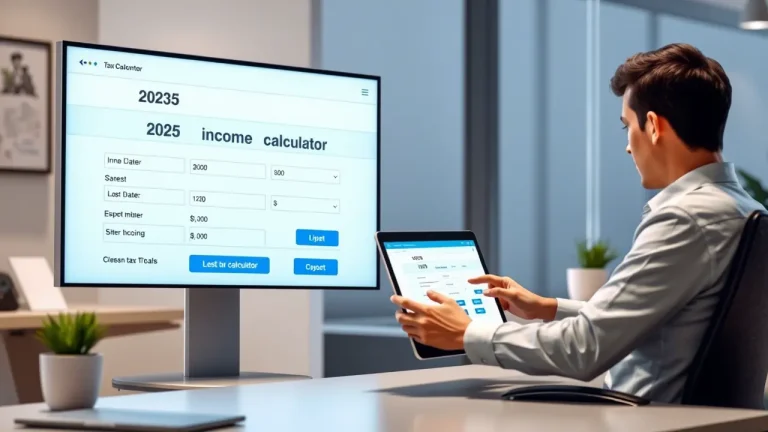Complete Guide to Ohio RITA Tax Forms and Filing: Everything You Need to Know
Tips for Navigating Ohio RITA Tax
Staying compliant with Ohio’s RITA tax requires smart planning and attention to detail. These strategies help simplify obligations and avoid penalties.
Best Practices for RITA Tax Filing
Start by using RITA’s tax calculator to estimate payments accurately. Track work locations, especially if you work remotely or across municipalities. File electronically via RITA’s portal to avoid delays—e-filing uses W-2 data to calculate taxes automatically. Save copies of all forms and consider making quarterly payments to avoid year-end surprises. Note that TurboTax-prepared returns must be printed and mailed, while e-filers can submit directly through RITA’s system.
How to Stay Updated on RITA Tax Changes
Monitor RITA’s website for updates, like the revised 2024 tax forms released in January 2024. Sign up for email alerts about rate changes (e.g., Oberlin’s 2.5% rate) or form revisions. Follow local municipality announcements, as penalties for late payments can reach 5% monthly. For complex cases, consult tax professionals. Ohio’s RITA portal also offers payment options like ACH transfers via their secure system, simplifying RITA Ohio tax payment processes.
FAQ About Ohio RITA Tax
What is RITA tax in Ohio?
RITA tax refers to the municipal income taxes administered by the Regional Income Tax Agency (RITA) for numerous communities in Ohio. This tax system is essential for Ohio residents as it funds local services like public safety and infrastructure.
Who is required to pay RITA taxes?
Residents living in RITA-member municipalities must file RITA taxes, as well as non-residents who earn income in those areas. Specific income thresholds and requirements must also be met.
What types of income are taxable under RITA regulations?
Income types typically subject to RITA taxation include wages, self-employment earnings, and business profits. Certain retirement incomes and some other types of earnings may be exempt.
How are RITA tax rates determined?
Municipalities have the authority to set their own income tax rates based on local legislation, community needs, and budgetary requirements. Rates can vary significantly across different RITA municipalities.
What are the deadlines for filing RITA tax forms?
The primary deadline for filing RITA tax forms is usually April 15th. There are also deadlines for estimated payments and extension requests that must be adhered to.
How can I obtain RITA tax forms?
RITA tax forms can be accessed through RITA’s official website, local municipal offices, libraries, tax preparation software, and RITA’s online platforms like FastFile and MyAccount.
What should I include when filing a RITA tax return?
When filing a RITA tax return, you should gather necessary documents such as W-2s, 1099s, and previous tax returns and ensure accurate calculations for taxable income and applicable credits.
Can I get a refund on the RITA tax?
Yes, taxpayers may be eligible for refunds if they have overpaid taxes or if their estimated payments exceed their actual tax liability. Proper documentation is necessary to file for a refund.
What are the resources for assistance with RITA tax questions?
Taxpayers can find assistance through RITA’s official website, customer service contact options, and local municipal tax offices. There are also community tax clinics and legal aid services available for support.
How do RITA taxes impact my employer?
Employers are responsible for withholding RITA municipal taxes from employee paychecks, registering with the appropriate RITA municipalities, and filing required employer withholding returns.
How can I stay updated on RITA tax changes?
To remain informed about RITA tax changes, consider subscribing to RITA notifications, checking their official website regularly, and consulting local tax professionals for updates on significant changes.







